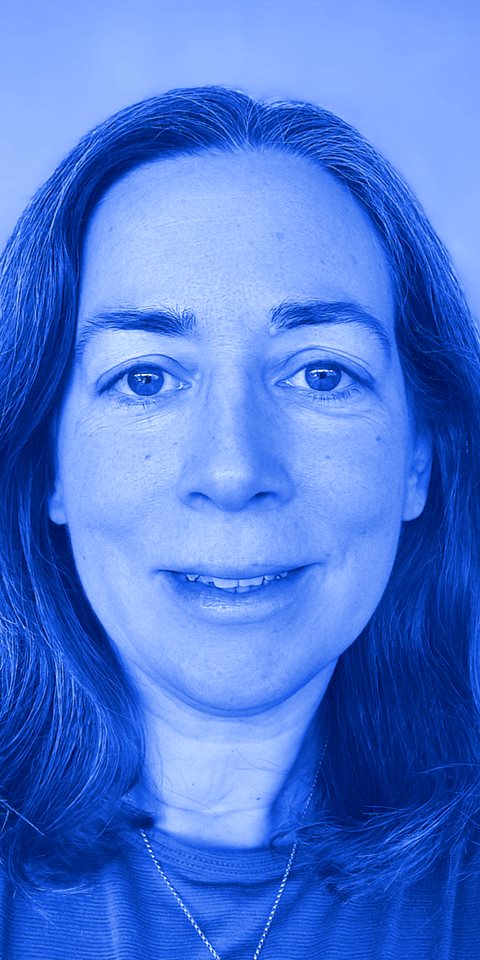POLICY BRIEF: Identifying pig holdings at higher risk of contact with feral pigs in Scotland
1. KEY MESSAGES
For the period 2016-2018, 739 pig holdings were found within 20km of feral pig sightings, representing 32.7% of the total number of pig holdings in Scotland. Over 90% of these premises were characterised as smallholders. Dumfries and Galloway as well as areas around Inverness are the highest priority areas for managing domestic/feral pig contact to reduce risks of disease transmission.
- Overall, 6, 336 and 739 pig holdings were found within a 1km, 10km and 20km radius of feral pig sightings recorded in Scotland, respectively. These represent 0.3%, 14.8% and 32.7% of all holdings moving at least one pig during the period January 2016 – December 2018 in Scotland, respectively.
- Most of the at-risk pig holdings were located in Dumfries and Galloway, Ayrshire, Tayside and in around Inverness. The two largest risk areas were Dumfries and Galloway and the area surrounding Inverness (Fig. 1).
- Among the 739 pig holdings within 20km of feral pig sightings, it was estimated that 673 (91.1%) could be characterised as pig smallholders from their movement activities during the period 2016–2018. The remaining 8.9% of holdings (n=66) were categorised as commercial holdings.
To identify areas of high risk of contact between pig holdings and feral pigs in Scotland.
All holdings identified in this work are holdings that reported moving at least one pig in Scotland during the period January 2016 to December 2018, hence involved both the commercial sector and non-commercial sector of the pig industry. This map highlights the potential for contact between all pig holdings and feral pigs, but particularly smallholdings, and provides a basis to define priority areas for managing the risks presented by contact with feral pigs.
This work is based on several assumptions:
1. The holdings that show at least one record of pig movements during the period January 2016 to December 2018 are considered consistently present throughout the study period. Hence, this considers that:
• Movements recorded during the 3-year period is sufficient to identify all pig holdings present in Scotland. Any premises that did not move pigs during this period would be missed.
• All identified pig holdings will have pigs, or at least will have the same risk of contact, during the entire study period. This may not be true as smallholders may only have pigs for limited periods of time and/or show marked variation in their herd size.
2. Records of feral pig sightings in Scotland were extracted from the National Biodiversity Network (NBN) database. We included all records from January 2014 to December 2019.
3. Because EPIC did not have up-to-date information on holdings that belong to a quality assurance scheme, we used criteria to differentiate commercial holdings from smallholders based on the total number of pigs that moved in (“nin”) and out (“nout”) between January 2016 and December 2018. We assumed that smallholders will move less pigs than a given threshold q, such that Max(nin, nout) < q. This threshold q was calculated over all records of pig movements in GB and determined as the inflexion point in the cumulative distribution of holdings as a function of total number of pigs received or sent over the study period. For the period 2016-2018, holdings withMax(nin, nout) of less than q = 76 pigs over the period January 2016 – December 2018 (i.e. ~25 per year) could be categorised as smallholders.

Figure 1: Maps showing areas of high risk of contact with feral pigs over the density of pig holdings in Scotland.
Featured:

Prof. Lisa Boden
Professor of Population Medicine and Veterinary Public Health Policy,
Global Academy of Agriculture and Food Security

Dr Harriet Auty
Veterinary Epidemiologist,
School of Biodiversity, One Health and Veterinary Medicine, University of Glasgow
